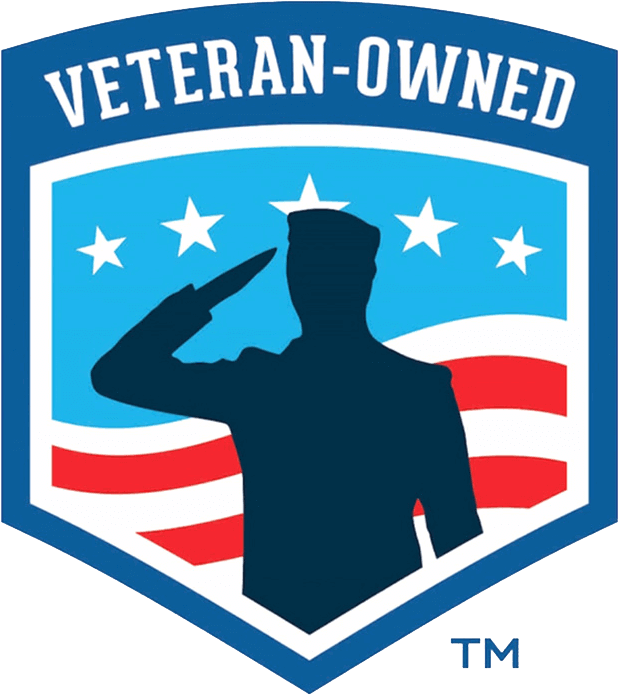You are a small business owner as an owner-operator. That implies you don’t simply think about how much money you make; you also need to think about how much money you spend.
Many of the same standard company expenses apply to sole proprietors. Understanding these costs and determining ways to reduce the amount of money coming out of your pocket is a critical responsibility for any business owner.
Common Expenses Of An Owner-Operator
Fuel
The most expensive expense for most owner-operators is fuel. Fuel costs between $50,000 and $70,000 on average each year. Calculating your truck’s average cost per mile is the simplest approach to determining how much you can anticipate spending on fuel. This is computed by dividing the number of miles you intend to drive by your average MPG and then multiplying the result by the cost of gasoline per gallon.
You have some control over how much money you spend on fuel as a truck driver. There are various things you can do right now to change your driving habits and save money.
- Slow down – 10 mph equals 1 mpg in most cases.
- Find the “sweet spot” – lower RPMs use less fuel.
- Be cautious when braking.
- When possible, stay in higher gear.
- Reduce idling.
Truck & Maintenance
As an owner-operator, your truck is the second most expensive item. The truck payment, maintenance, and tires are all part of the truck expenses. Even if you have paid off your truck completely, maintenance and tire expenditures will be your second largest expense. Maintenance accounts for around 10% of overall expenses.
The most important thing you can do to save money on maintenance is to arrange it around your home time. Try to catch problems before they become serious issues, so you can either wait for the part you’ll eventually need or get it fixed before it becomes a major issue. This can be achieved by doing thorough pre- and post-trip checks and looking for any leaks or drips. The simplest way to manage your maintenance is to overestimate the cost of truck repairs and put the extra money into a separate maintenance account.
Tire replacement costs will range between $1,000 and $4,000 per tire. Consider the cost of the tires as well as their life expectancy before purchasing them.
Insurance
A single truck’s insurance normally starts around $3,000 – $4,000 for a leased owner-operator and $15,000 – $30,000 for an owner-operator with authority. Insurance costs might rise based on the extent of coverage. Bobtail, occupational accident, and physical damage insurance are some of the common types of insurance that are necessary. In addition to truck insurance, you will require health insurance, which costs between $6,000 and $12,000 per year.
Insurance costs vary substantially depending on how much you want to pay. Paying less for insurance, on the other hand, usually involves a higher deductible, which comes with a higher risk if an accident occurs.
Food & Drink
Food and beverages are a significant expense that many business owners may not anticipate. Eating out at restaurants every day may rapidly add up. Owner-operators, on the other hand, are eligible for a tax break known as Per Diem. The IRS enables you to deduct 80% of $69 for each full day spent driving and $51.75 for each partial day spent driving.
Even though these expenses are tax deductible, you must still spend money. Buying food at the grocery store and keeping it cold in your truck is the simplest approach to reducing your food and beverage costs. Groceries are far cheaper and healthier than eating out at restaurants.
Taxes
The Internal Revenue Service (IRS) requires you to make quarterly anticipated tax payments based on your business income as an independent contractor. Your quarterly anticipated tax payments will comprise the following items:
- Self-employment tax: The self-employment tax rate is 15.3%. It consists of Social Security (12.4%) and Medicare (2.9%) taxes.
- Federal Income Tax and State Income Tax: This is calculated on your tax return.
Those who expect to owe at least $1,000 in taxes are required to make quarterly payments of self-employment and income taxes. Ideally, drivers should set aside between 25 and 30 percent of their weekly net income for quarterly taxes. When you are self-employed the payment of Social Security and Medicare taxes is your responsibility. This is unlike those individuals who are classified as an employee as these taxes would be withheld from a paycheck and paid by an employer.
When it comes time to file your taxes, you can reduce your tax liability by taking advantage of every lawful tax deduction and credit available. Understanding and properly recording all deductions and credits will help you avoid penalties, lower the danger of an audit, and reduce the amount of tax you must pay.

How to Keep Your Expenses Under Control
Understand Your Numbers
Do you know where your break-even point is? Do you know how much you pay per mile? Don’t run your company in the dark. Make sure your figures are up to date so you can stay lucrative.
Maintain Accurate Records
A good business always tracks and checks its financials at least monthly. A profit and loss statement can be used to ensure that you are meeting your revenue and spending targets to achieve your success.
Make A Route Plan
Aside from picking the shortest route, plan out when you’ll arrive at each destination and where you’ll stop for gas. Avoid driving through areas where you know there will be a lot of traffic if feasible, and fill up in spots where the net price will be the lowest.
Make the Most Of Your Time
You are not making money if your truck is not running. Make sure you’re managing your time effectively to make each week lucrative. When you don’t have to, don’t sit for long periods. When you’re forced to shut down, take advantage of the opportunity to be productive and do activities that need to be completed. Outsource anything you can’t perform yourself to various services and expert partners. These costs may be viewed as investments that may save or make you money in the long run.
Collaborate With Expert Business Partners
Running a business is difficult. It’s even tougher after a long day of driving. Having someone to help you with the business side of trucking can be advantageous. It may also be eligible for a tax deduction. Paying a business to handle your accounting and bookkeeping allows you to concentrate on what you love…driving your truck!



